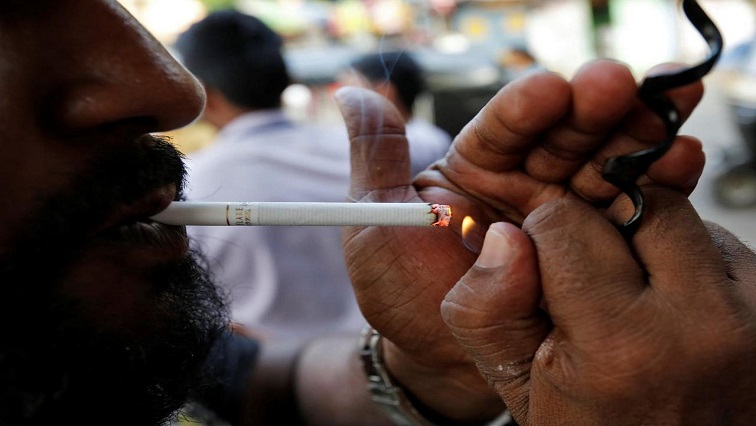Rising inflation is giving Big Tobacco a big leg-up. High cigarette taxes mean the price of smokes is less sensitive to rising input costs. Having customers who struggle to say “no” also makes it easier to charge more.
Couple that with inflation-wary investors prioritising dividends, and companies like $102 billion British American Tobacco (BATS.L) and $164 billion Philip Morris International (PM.N) are on a tear. Cementing those gains requires a post-smoking transition plan.
More than 80% of the price of a packet of cigarettes in Britain goes to the taxman, a major lever in the battle against smoking. But such thinking also gives tobacco giants a shield when input costs soar – a 10% leap in raw materials prices translates into an overall rise of 2% or less. Nicotine-craving customers will happily inhale that.
The stock market’s inflation-phobia helps. Tobacco stocks have been insulated from the recent selloff because they pay high dividends. When inflation’s taking root, profits received today are more attractive than a windfall five years hence. BAT is up 30% since the start of December. PMI has gained 24%.
However, the biggest factor determining valuations is whether investors believe that tobacco companies will exist in the 2030s. That helps explain why PMI is top of the pack: the Marlboro maker is well on its way to being a majority smoke-free business by 2025. It’s even pivoting to pharma-like inhalation devices.
Hence its 13 times forward EBITDA valuation. BAT Chief Executive Jack Bowles hopes to generate a more modest 5 billion pounds in so-called “new category” revenue in 2025 – about a sixth of its forecast total. Hence why BAT is trading on a lower 9 times multiple. On Friday the company said 12% of sales were from non-combustible products, from just 4% in 2017.
The jury is still out on PMI’s focus on tobacco-heating, rather than vaping or pouches. BAT’s strategy based on alternative means of nicotine delivery is arguably better suited to varied regulatory regimes. More certain is that both are far ahead of Imperial Brands (IMB.L).
The $23 billion London-listed purveyor of Gauloises hasn’t set revenue targets, aiming only for a “distinctive presence” in non-smoking products. After a 17% jump since December, its shares are now trading on 7 times EBITDA. Investors should not take that as a sign of long-term good health.
CONTEXT NEWS
– British American Tobacco said on Feb. 11 that adjusted revenue rose 7% to 26 billion pounds last year, broadly in line with analyst consensus supplied by the company.
– The tobacco giant said adjusted revenue in its new generation products, like vapes and nicotine pouches, rose 51% to 2 billion pounds. Together with oral products like snus and snuff, non-smoking represents 12% of BAT’s revenue.
– BAT’s adjusted operating profit rose 5% to 11 billion pounds in 2021. The company announced a 1% increase in its dividend to 218 pence, alongside a 2 billion pound share repurchase programme for 2022.
– BAT shares were up 0.5% at 32.85 pounds by 0928 GMT on February 11.






